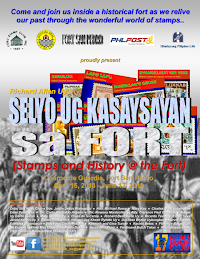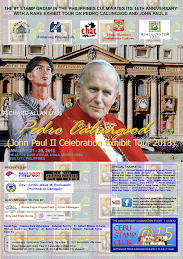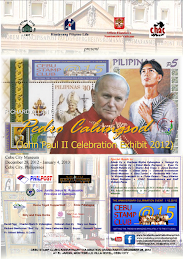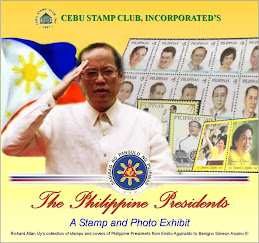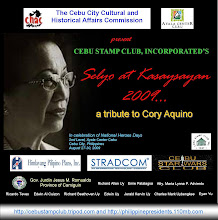Today in Philippine History (Philatelic Edition):
DECEMBER 31, 1944
General Vicente Lim along with other Filipino guerrillas were brought to a Chinese cemetery and were made to kneel and then beheaded by the Japanese. His body has never been found.
Vicente Podico Lim (February 24, 1888 - December 31, 1944), a World War II general, Bataan hero, the first Filipino to graduate at the United States Military Academy (Class of 1914) at West Point, and charter member of the Boy Scouts of the Philippines, was born in Calamba, Laguna to Jose Ayala Lim-Yaoco, a Chinese migrant, and Antonia Podico, a Chinese mestiza.
After graduating at West Point, he joined the Philippine Scouts as a Second Lieutenant and quickly rose from the ranks.
He retired from the United States Army with the rank of Lieutenant Colonel on June 30, 1936.
Lim was admitted to the Philippine Army and became Chief of Staff in 1940.
On July 16, 1941, the Philippine Army was incorporated with United States Armed Forces.
Lim was given the rank of Brigadier General under US General Douglas MacArthur. He commanded the 41st Philippine Division which was tasked to defend Bataan.
On April 9, 1942, American and Filipino forces along with the 41st surrendered to Japanese General Homma.
He survived the Bataan Death March and was admitted at the Philippine General Hospital for his injuries. He convinced the Japanese of his incapacity but secretly conducted guerrilla activities and led the guerrilla movement in Luzon.
In 1944, he was captured and tortured by the Japanese and was sentenced to die.
Gen. Vicente Lim was posthumously awarded the Legion of Merit and the Purple Heart by the United States.
The Philippine government awarded him the Distinguished Conduct Star and the Distinguished Service Star, and was given a posthumous honorary rank of Lieutenant General.
(Design, concept, stamps and research: Richard Allan Uy) All rights reserved
Photo credit: wikipedia.org























































